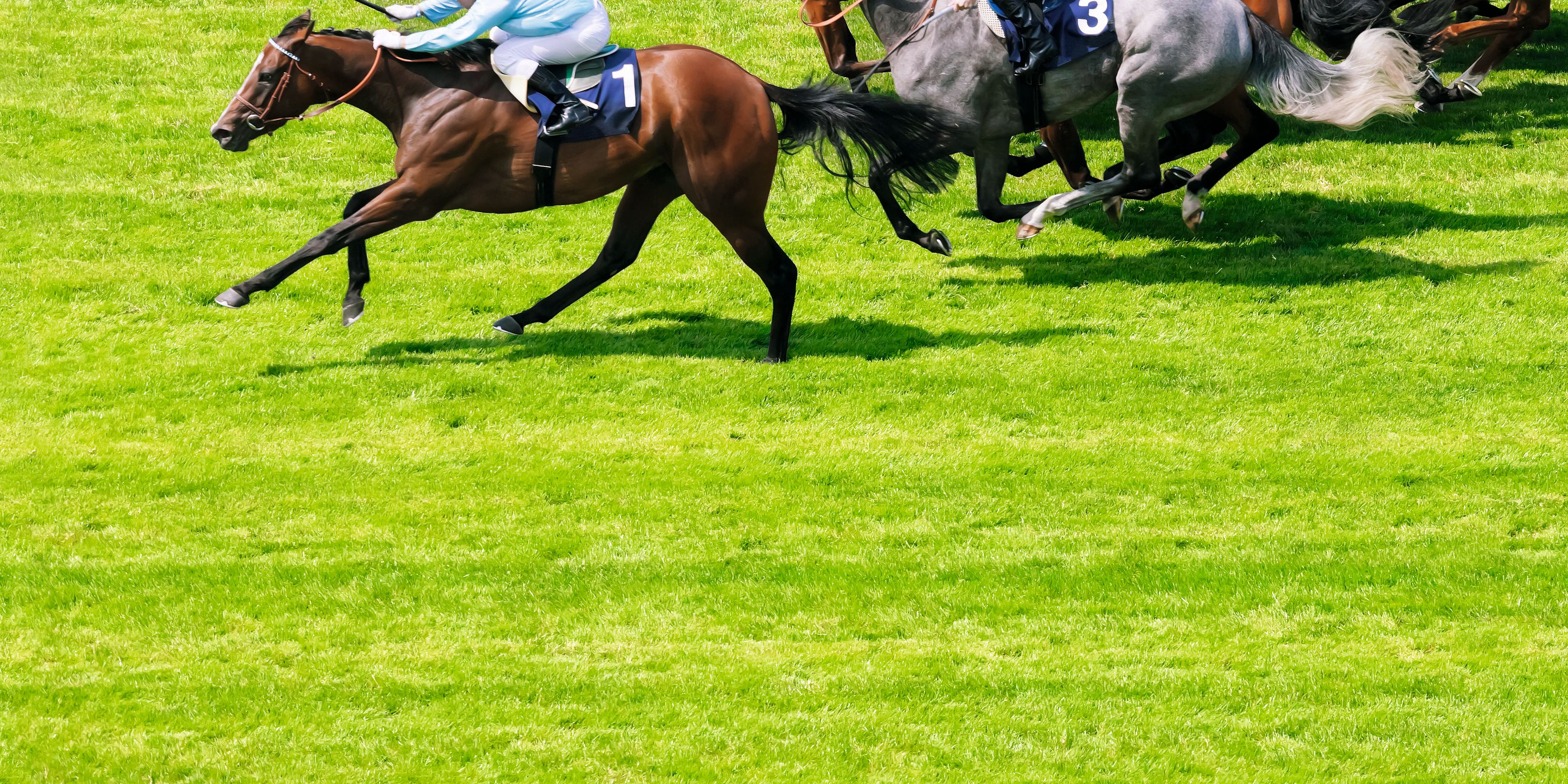How to read a form guide (and pick a winner)

When it comes to the form guide, there’s two types of people.
There are those who treat it with a reverence usually reserved for sacred texts and there are others to whom it is sheets of foreign language, usually the first part of the newspaper reserved for kindling.
But that all changes in the spring carnival, when even first-time punters heading to the track or cup day parties want to know how to pick a winner.
We’ve enlisted Channel Seven spring carnival presenter Jason Richardson to help put together a beginner’s guide to the form guide, including some hot tips that even hardened punters might heed.
- PREVIOUS FORM
These numbers show a horse’s finishing position in its races, with the most recent race closest to the horse’s name. If the number is 0, they finished worse than ninth, and an ‘X’ denotes a spell – or rest – in the paddock.
“Obviously winning form is good form,” Richardson says. “But, it’s also hard to maintain.”
“If you find a horse with a string of recent placings, then maybe they’re due to break through. And, if you see any of those big duck eggs – zeroes – you know the horse needs to improve a lot.”
- JOCKEY/TRAINER
Trainers are responsible for getting your horse to the track in top fitness, and when the gates open it’s up to the jockeys to steer the best course.
“Australian racing is totally dominated by the big stables at the moment, so the Ws – [Darren] Weir and [Chris] Waller – are always a very good place to start,” Richardson says. “But, in the spring, the famous families will also be a big factor – Hayes, Snowden, Cummings and, of course, Waterhouse.”
“Damien Oliver traditionally gets it right in the saddle when it counts. Hugh Bowman and Kerrin McEvoy are hall of famers for a reason, and then we’ve got the ‘Superfreak’, James McDonald.”
- WEIGHTS
The weight your horse carries consists of its jockey, and if extra weights are required they are carried in the saddlebag. Many of the spring carnival’s top races are weighted, based on each horse’s age and gender. But, in handicap races such as the Melbourne Cup, a handicapper determines the weights based on each horse’s previous form.
“In the cups, never forget they’re handicaps. The higher the weight the better the form, but history shows the winners often come from those horses carrying less.”
- BARRIER
The lower the barrier number (found in brackets), the closer to the rail your horse will jump from.
“You know what they say about the shortest way home? Well, that’s close to the rail,” Richardson says. “But, down the straight in Flemington sprints, the higher the barrier the better. Confused yet?”
- MOUNTING YARD
Many punters wait until they see the horses parade in the mounting yard before parting with their hard-earnt cash.
“This is one occasion when glitz and glamour actually matter,” Richardson says.
“Horses can’t talk, so one way we assess whether they’re fit and healthy and happy is via their coat and skin. The more buffed and shiny, the better.”
- THOSE IN THE KNOW
Can’t be bothered putting in the work? Don’t get tips off your colleague or dad. Listen to the experts.
There’s plenty out there, but Jason says Deane Lester (RSN 927), David Gately (racing.com) and Clint Hutchison (racing.com) are the best in the business.
AND A FINAL TIP
“If you’re going to the track, place your bets before the first race,” Richardson says. “Then kick back and enjoy your day – not many people make better betting decisions with a drink in their hand.
Jason Richardson hosts Get On! on Channel 78 and is a presenter on Channel Seven’s spring racing carnival coverage.
We recommend
We thought you might like
States
Capital Cities
Capital Cities - Rentals
Popular Areas
Allhomes
More







